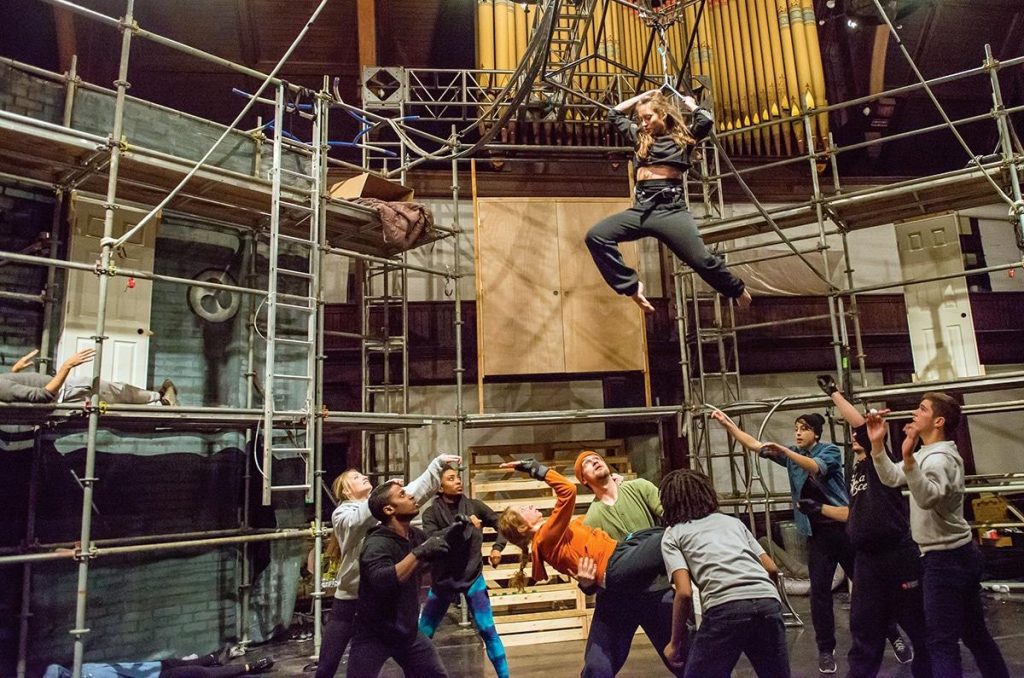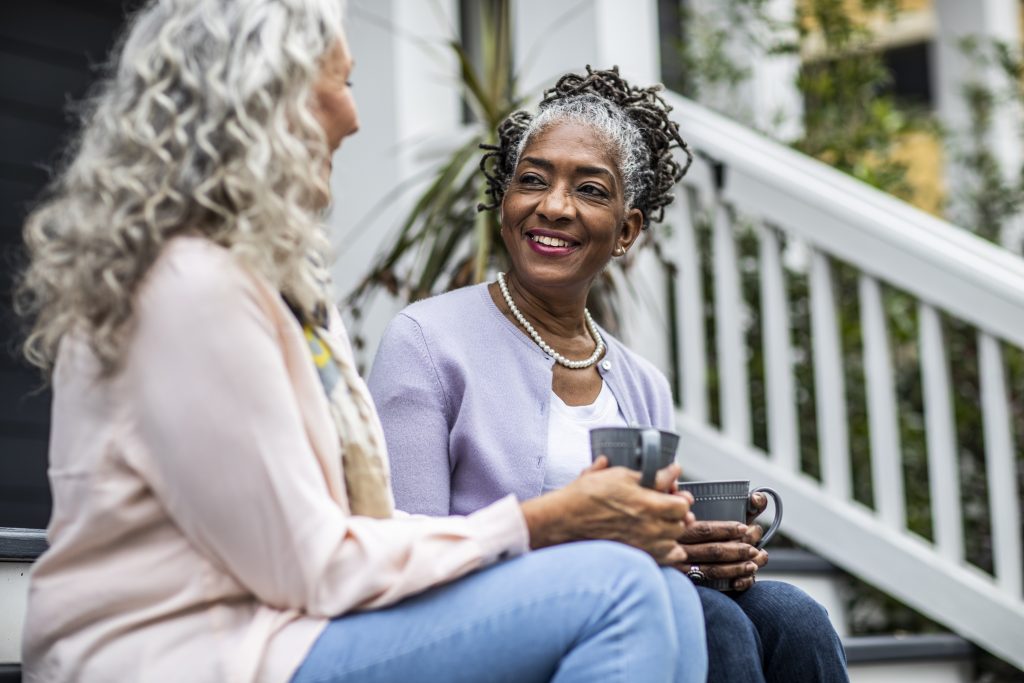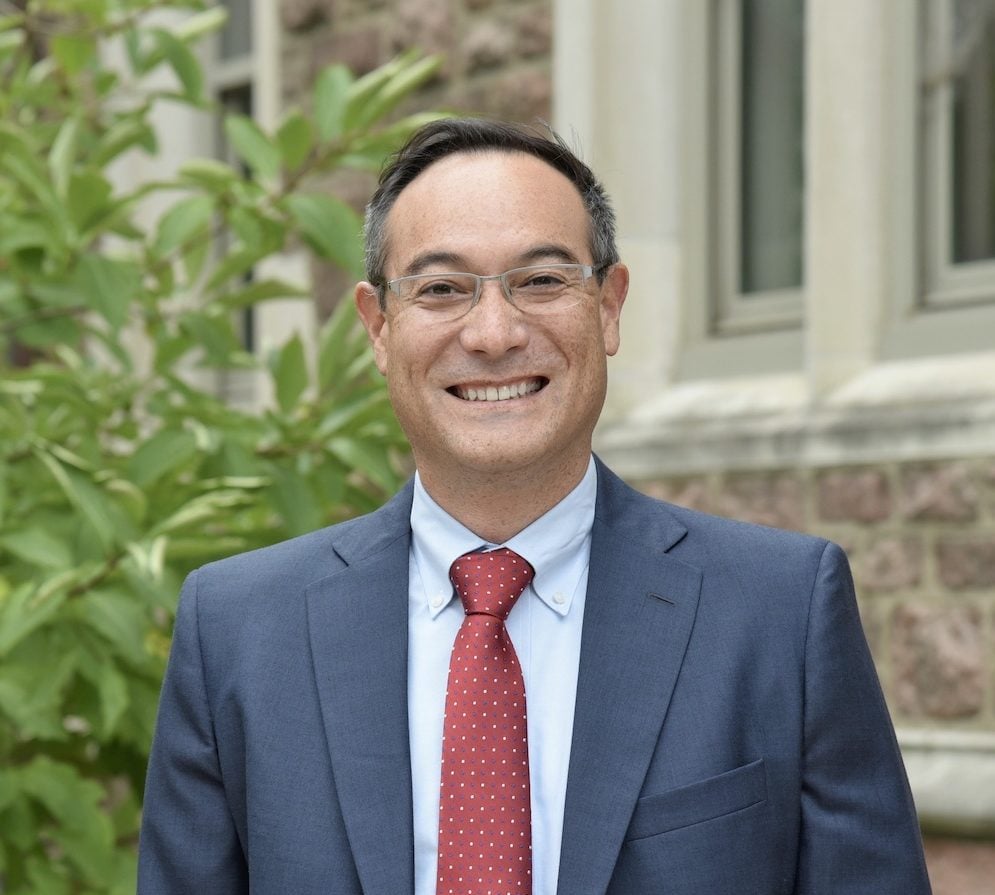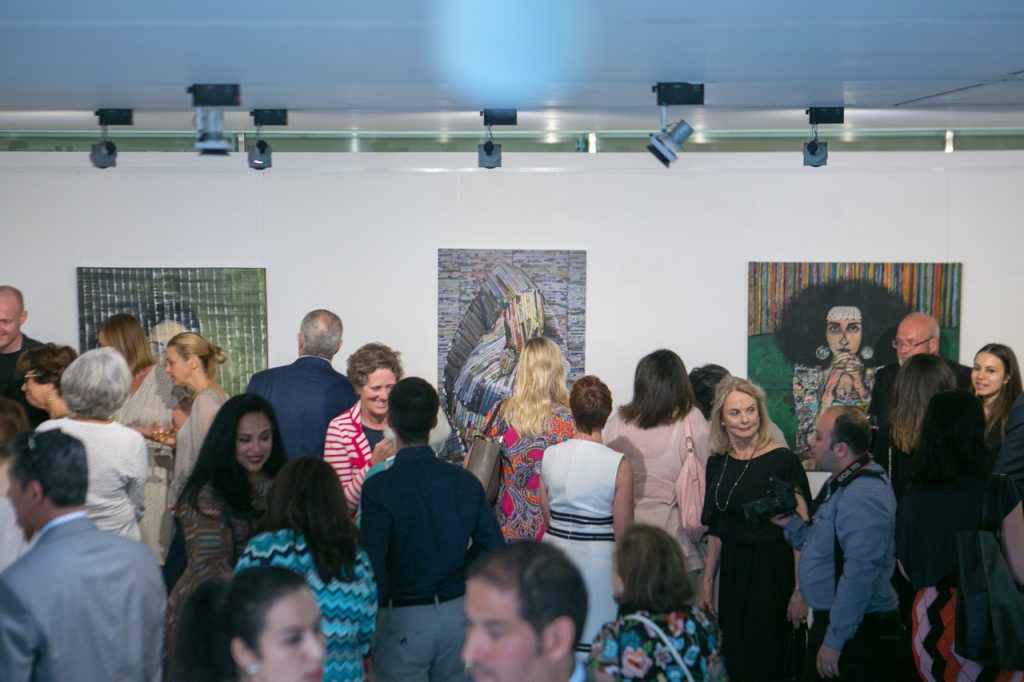What I Want My Kids to Learn About American Racism
May 10, 2022
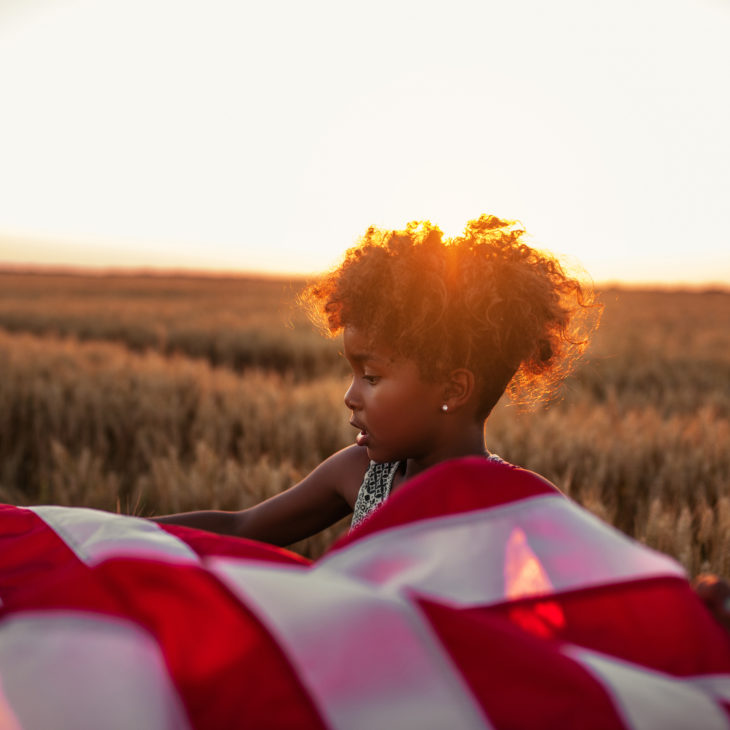
I first heard the phrase “white supremacy” in my introductory sociology course at the University of Illinois in 1993.
The image of men wearing white sheets and burning crosses came to mind, and I figured my professor was referring to ancient history. But I remember her continuing: “White supremacy is the assumption that the cultural patterns associated with white people — from clothes to language to aesthetic preferences to family structure — are normal, and the patterns associated with people of color are inferior.”
Wait, didn’t that basically describe my entire life? Feeling strange about my Indian grandmother’s clothes, about my grandmother’s cooking, about the fact that my grandmother even lived with us.
Read more in The New York Times.
Eboo Patel is the founder and president of Interfaith America, a nonprofit organization in Chicago that promotes cooperation among people of different religions. He is the author of “We Need to Build,” from which this essay is adapted.
Share
Related Articles
Racial Equity
Immigrant Faith Communities On Rooting Out Anti-Black Racism
American Civic Life
Is This a Time for Bridgebuilding? 5 Leaders in Conversation
American Civic Life
